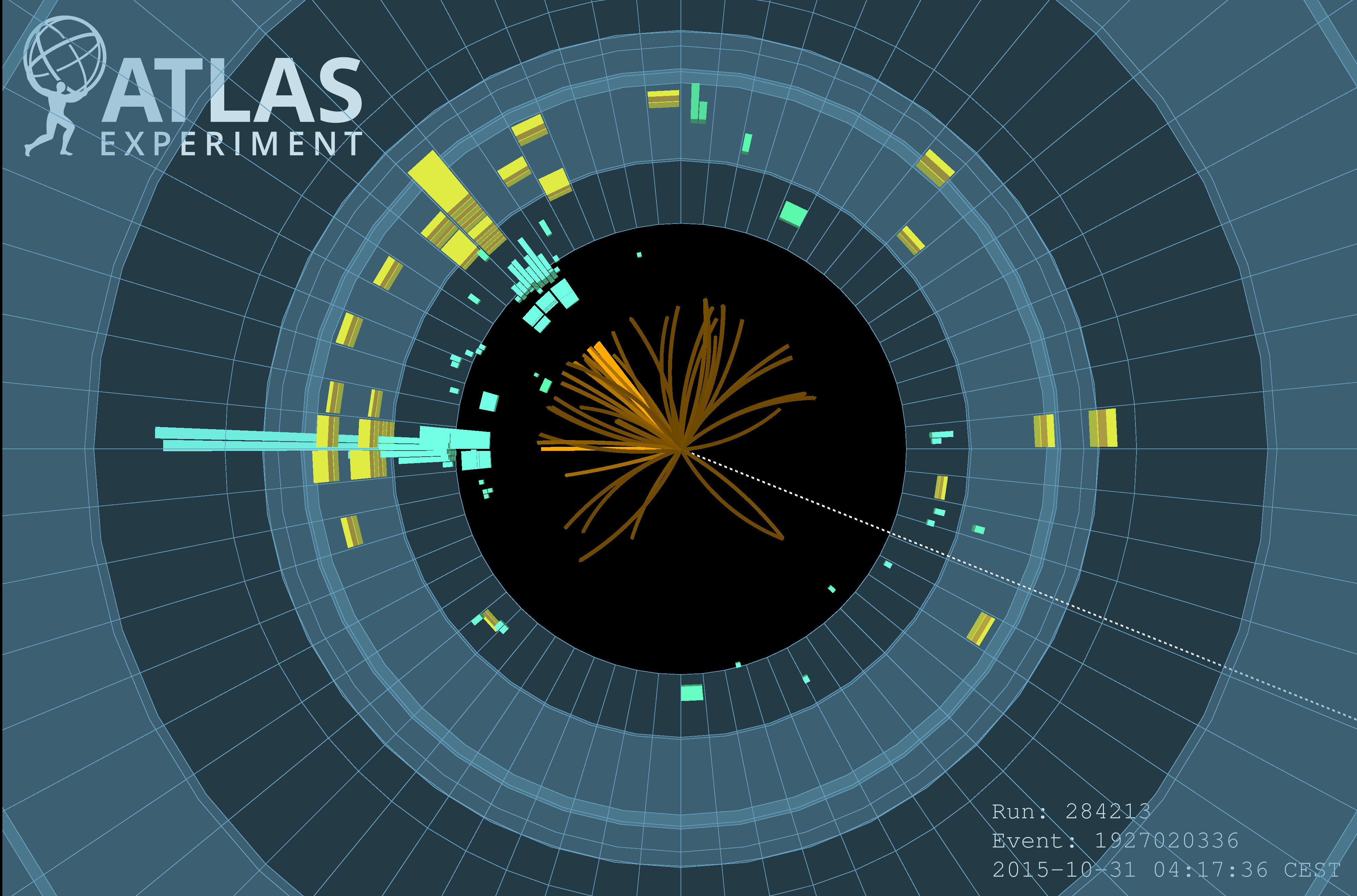Search For A Rare Higgs Boson Decay Continues
Context :
A Higgs boson decaying into a Z boson particle and a photon was discovered, according to physicists using the Large Hadron Collider (LHC) particle accelerator at CERN in Europe, last week. This extremely unusual decay event reveals crucial details about the Higgs boson and our world.
Higgs Boson
- The Higgs field, a quantum field that encompasses all of spacetime, is linked to the Higgs boson.
- Particles gain mass when they engage in. The Higgs mechanism is what it is called.
- A result of variations in the Higgs field is the Higgs boson.
- The mass of a particle is determined by how strongly it interacts with the Higgs field.
- Being elementary particles, electrons interact with the Higgs field and gain mass as a result. When compared to other particles, their interaction is, nevertheless, considerably weaker.
- The interactions between the constituent quarks of protons and neutrons, which are composite particles consisting of quarks, account for a sizeable fraction of their mass.
- Research is currently ongoing to determine the precise processes that produce the masses of quarks.
- Since photons are massless subatomic particles, they do not pair with the Higgs field and do not gain mass via the Higgs mechanism.
- The Higgs interaction, quark interactions, and the inherent characteristics of the particles themselves are among the factors that affect the masses of particles like electrons, protons, neutrons, and photons.
- The conservation of energy and other pertinent quantum numbers govern the decay of a Higgs boson into a Z boson and a photon.
- The details of particle decay, including the decay of the Higgs boson, are following the dynamics of particle interactions and the tenets of quantum field theory.
- Understanding particle interactions, particularly interactions with the Higgs field and decay processes, offers important new perspectives on the universe’s basic structure and the characteristics of the particles that make it up.
Results and Implications
-
- According to quantum field theory, space at the subatomic scale is not empty but rather filled with varying quantum fields, which represent interactions between fundamental particles.
- While virtual particles cannot be directly identified, their effects can be seen. Virtual particles are particles that appear and disappear in these quantum fields.
- Protons smash at high energies at the Large Hadron Collider (LHC), an accelerator used to research particles and their characteristics.
- A particle connected to the Higgs field, which gives other particles mass, is the Higgs boson, which was found at the LHC in 2012.
- After being produced in particle collisions, the Higgs boson is unstable and rapidly decays into lighter particles.
- Because they reveal details about particle characteristics and enable testing of Standard Model predictions, the Higgs boson’s decay paths are of tremendous interest.
-
- The Standard Model is the current theoretical framework of particle physics that accurately describes many-particle interactions.
- The Standard Model predicts the probabilities of different decay pathways for the Higgs boson based on its mass.
- For example, the Standard Model predicts that a Higgs boson with a mass of 125 billion electron volts/c^2 (eV/c^2) will decay to a Z boson and a photon about 0.1% of the time.
- The Z boson, also unstable, can further decay into different combinations of particles, such as two muons.
- Physics researchers can compare their findings with the predictions of the Standard Model and look for discrepancies by examining the frequencies at which these decays take place.
- It may be possible to discover variations from the anticipated decay rates that point to the presence of additional particles or interactions outside the realm of the Standard Model.
- The ATLAS and CMS detectors at the LHC have recently measured the Higgs boson’s decay to a Z boson and a photon, which is a step towards verifying this particular decay route.
-
- To broaden the scope of their searches and improve their statistical accuracy, the detectors merged their data from the years 2015 to 2018.
- To test the Standard Model’s predictions as exactly as possible and look for any differences that would indicate the existence of novel physics outside of the Standard Model, physicists go to great lengths to find these decays.
- Insights into the mass of the Higgs boson or the explanation of puzzles like dark matter may be revealed by the discovery of novel phenomena through decay pathways.
- Particle decay processes are carefully studied by physicists to advance scientific knowledge and better grasp the universe’s basic principles.





